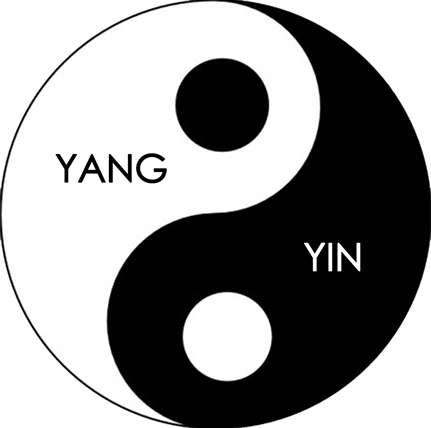Gender diversity in leadership is clearly correlated with better business results. Why, then, are women still not proportionally represented in upper ranks of most businesses? So much is stacked against it!
When asked why women do not make it to the top of business proportionally, most people think first of their role in the family, a real and important issue. Women, too, play a role by demonstrating less confidence, not promoting themselves and not supporting each other.
Most important are those unconscious ways of thinking that create obstacles for women -- the double bind, the role of "comfort" in perpetuating the demographics at the top, and the unconscious images we have of leadership (white male). And there are vestiges of unconscious mind-sets that can only be called gender bias.
I suggest that the root cause of all of the "non-family" obstacles is our cultural bias in favor of masculine vs. feminine ways of thinking, working and leading. Both men and women embody both masculine and feminine. But women are more likely to think and work in feminine ways -- and so be affected by this cultural preference. Based on this premise, the way for businesses to achieve gender diversity is to instill a value for both masculine and feminine approaches (which happens to be the mission of my work).
I am in good company advocating for a re-balancing of the masculine and feminine. John Gerzema, author of The Athena Doctrine, notes that the traditional form of leadership is heavy on masculine strengths. He asserts that today's leaders need a larger repertoire -- both masculine and feminine traits. Says Gerzema, "Feminine traits and values are an untapped form of competitive advantage." Leaders must be competitive, confident and decisive (masculine strengths) -- but also collaborative, empathetic, intuitive and vulnerable (feminine strengths).
Nearly 50 years ago, Fritjof Capra in The Tao of Physics, referred to this cultural imbalance in the Eastern terms, yin and yang.
"Our culture has consistently favored yang or masculine values and attitudes and has neglected their complimentary yin or feminine counterparts. We have favored:
•Self-assertion over integration
•Analysis over synthesis
•Rational knowledge over intuitive wisdom
•Science over religion
•Competition over cooperation
•Expansion over conservation, and so on."
Capra argued that this one-sided development is bad for society and argued for, "adopting some of the yin attitudes and reaching wholeness and harmony between the masculine yang and feminine yin."
What will enable women to reach their potential is creating inclusive cultures - cultures where both masculine and feminine ways of thinking, working and leading are valued. My starting point is to establish a common understanding of masculine vs. feminine approaches to work (in both men and women). Watch this space for more on that!
